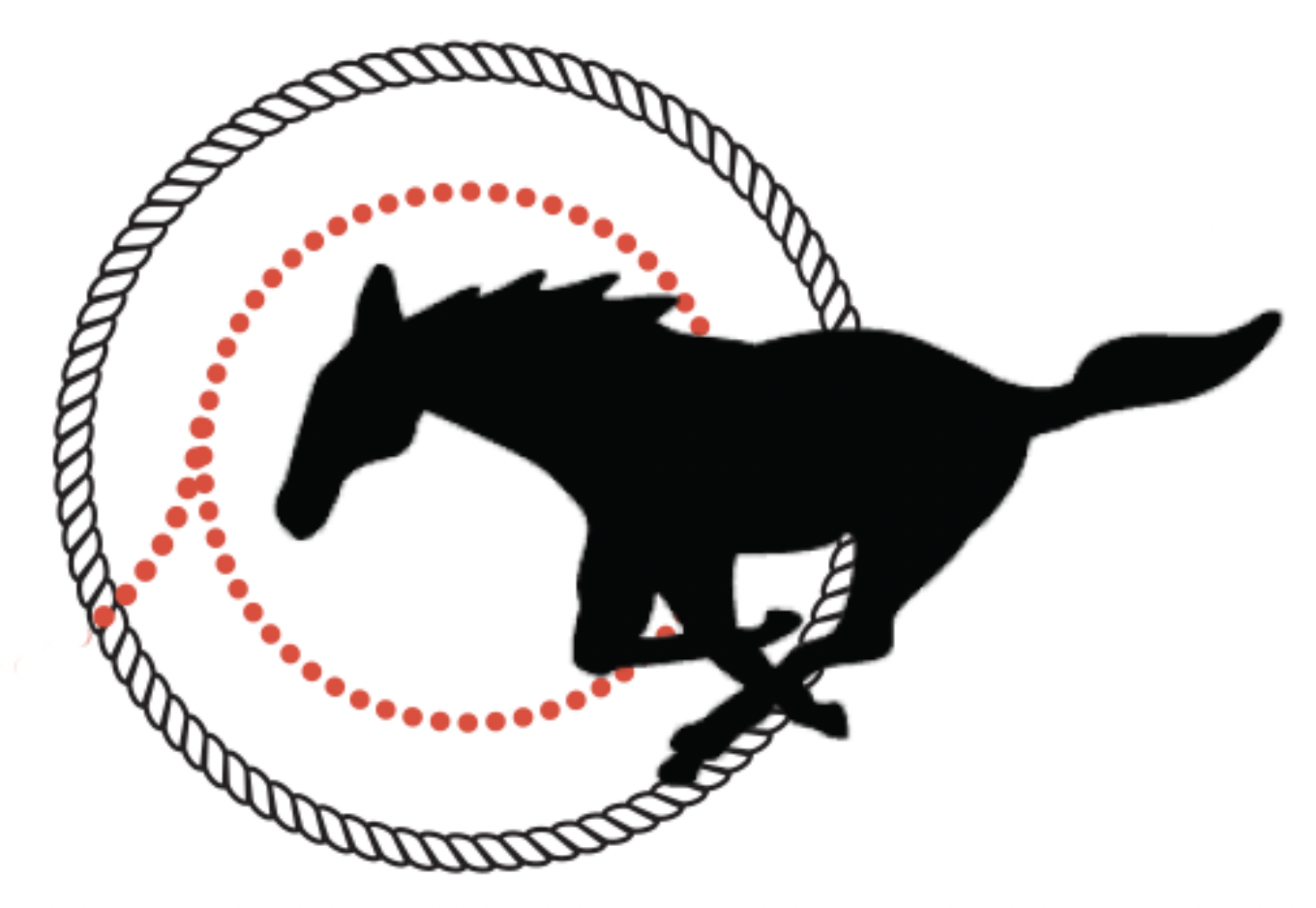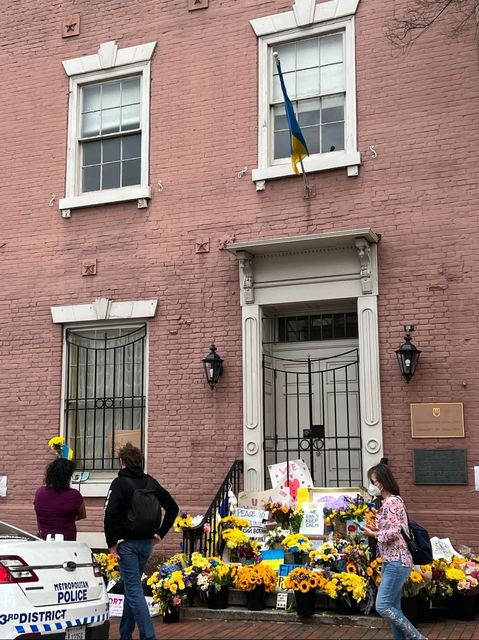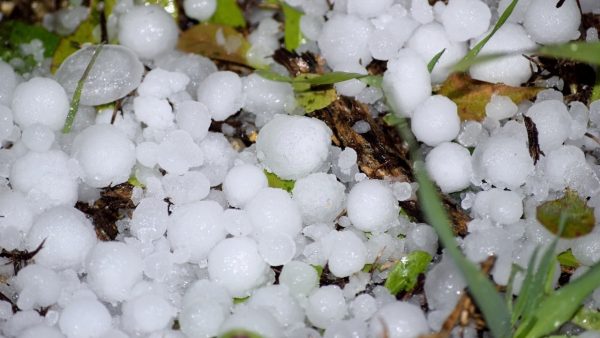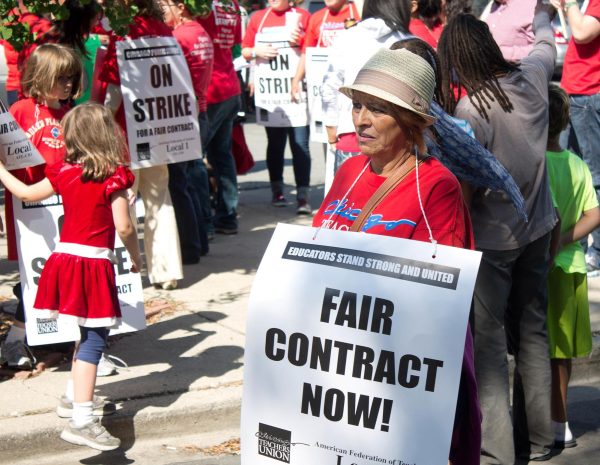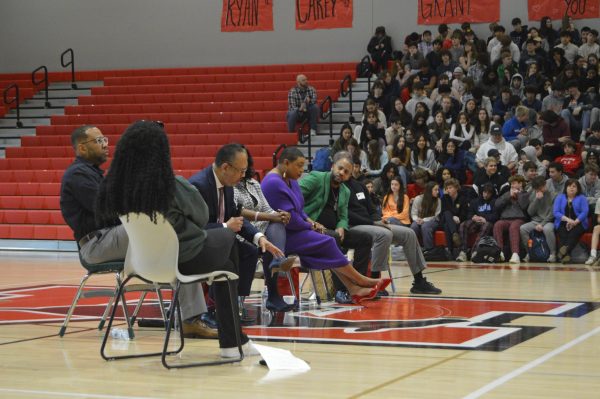A summary of Russia’s invasion of Ukraine
The Ukrainian embassy in Washington, D.C.
April 5, 2022
On Thursday, Feb. 24, Russian forces invaded Ukraine after months of buildup, resulting in the largest European refugee crisis since World War II. Here is a summary of the war since it began:
At first, the invasion was focused on the ethnically Russian territories in eastern Ukraine, but later it became clear that these were not Russia’s full intentions. Over the last couple of months, continued attacks on major Ukrainian cities have shown Putin’s interests in escalating the invasion of Kyiv and the country.
In the weeks before the incursion, the Russian military encircled the land and sea borders of Ukraine, threatening Ukrainian military forces and border security.
In a speech on Feb. 24, after Russia began the invasion, President Vladimir Putin claimed his goal in the invasion was “to protect people who have been subjected to abuse and genocide by the regime in Kyiv for eight years, as well as [to bring] to justice those who committed numerous bloody crimes against civilians.”
The first month of the Russian military campaign brings the largest war and conflict in Europe since World War II. The events over the past month have resulted in fatalities on both sides, more than one million Ukrainian war refugees, and plausible allegations of war crimes against Russia.
The term Ukraina, which translates to borderlands, has been used to describe the territory between the Polish-Lithuanian Commonwealth (now Poland and Lithuania) and Russia, since the 1100s. This land now makes up Ukraine.
Many of Putin’s early comments this month on Russian-Ukrainian relations focus on their historical “unity.” Putin asserted that “Ukraine never had a tradition of genuine statehood.”
Catherine the Great, who was the Empress of Russia in the 18th century, expanded her country’s borders into modern day Ukraine during the Age of Colonization, then, after three years of nationally recognized independence, Ukraine became an original republic of the USSR.
Under the Molotov-Ribbentrop Pact that divided Eastern Europe into USSR satellite states, Russia claimed the Baltic States of Lithuania; Latvia; Estonia; and the Bessarabia region, which now is almost the entirety of Moldova. The boundaries set in place after World War II roughly follow the agreement. Ukraine became independent on Aug. 24, 1991, 52 years and a day after the Molotov-Ribbentrop Pact was signed.
Now, in the early months of 2022, Ukrainian sovereignty is under siege and a dangerous new era of Russian colonizalization may be beginning.
